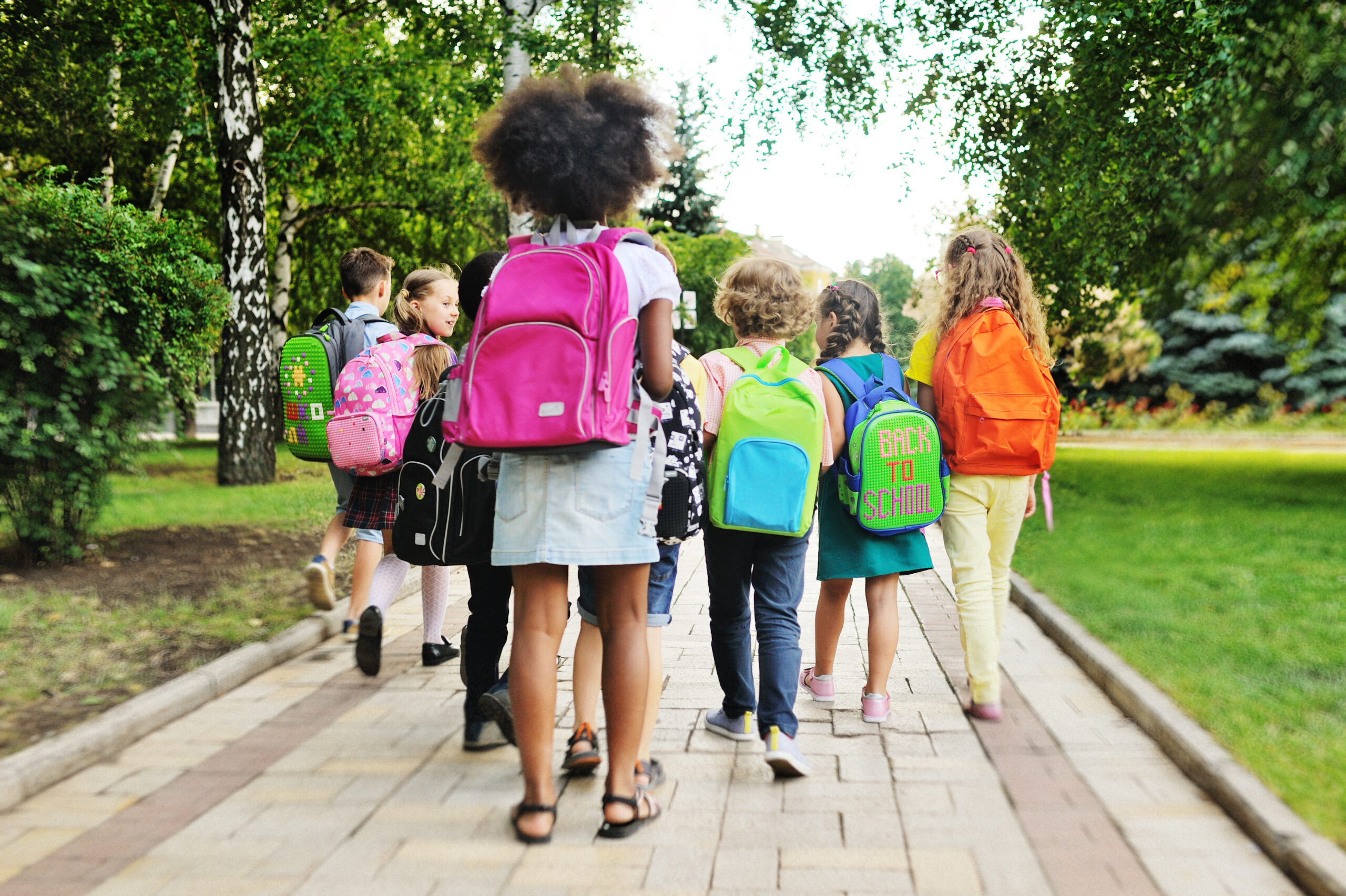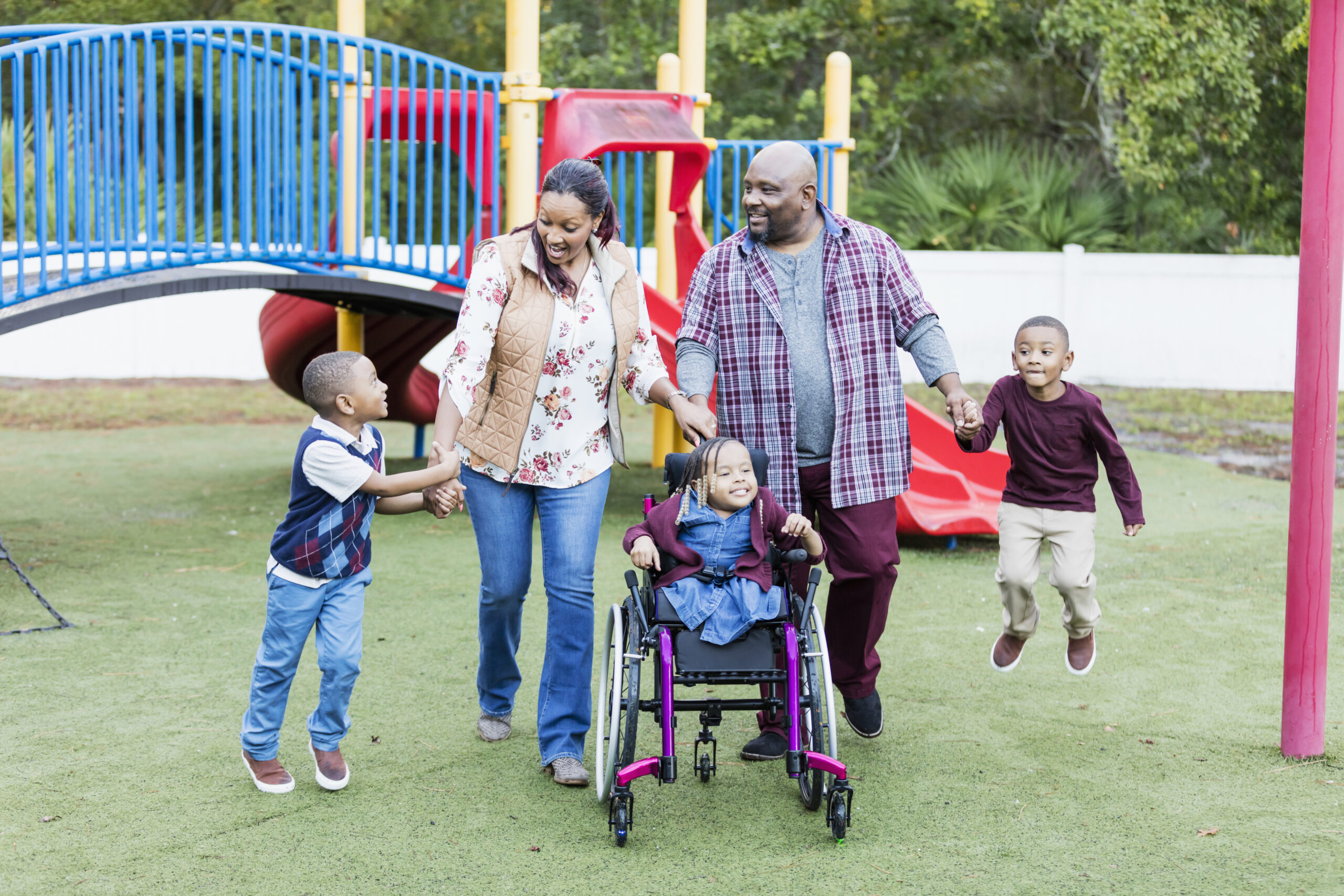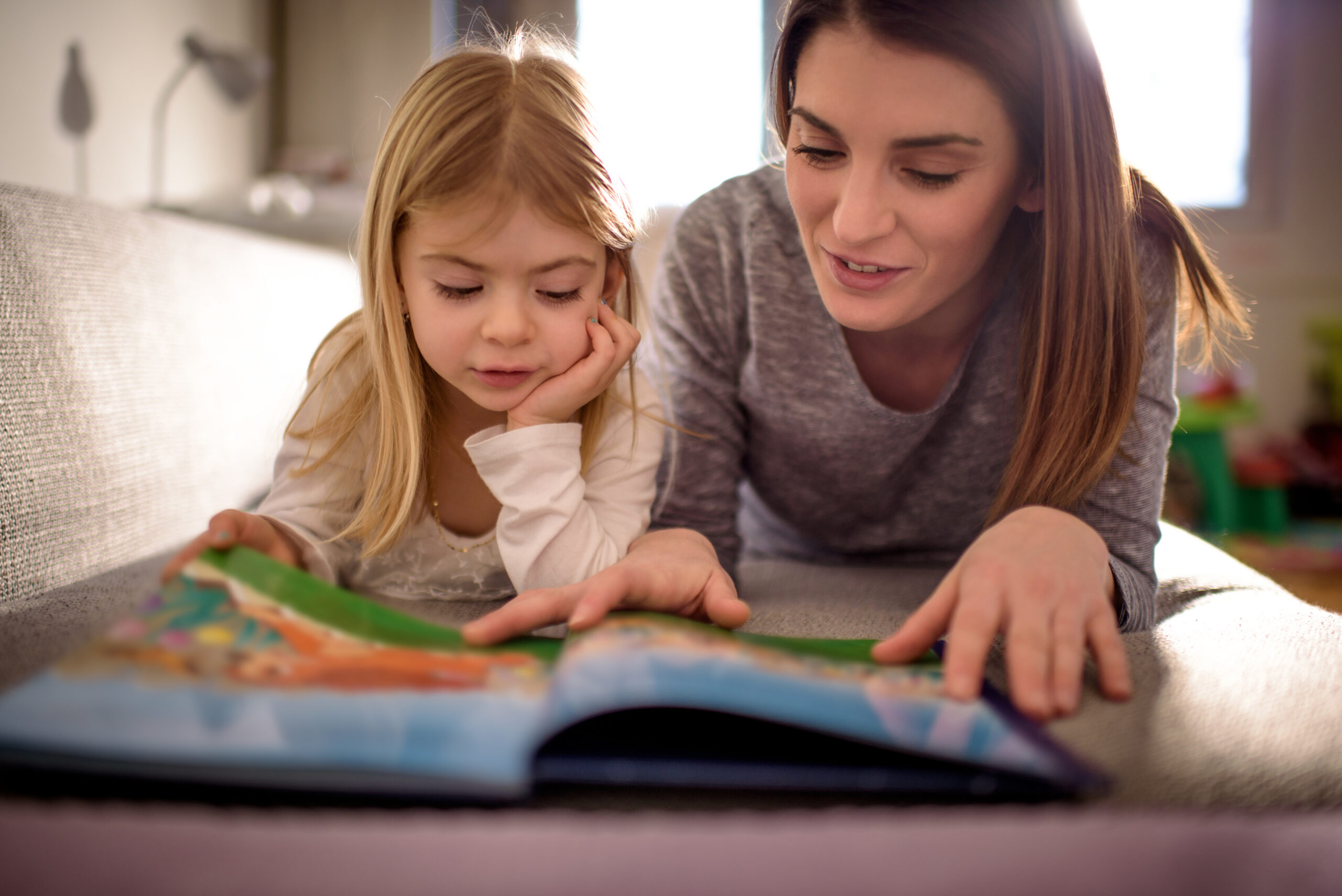
Many of us know and understand that diversity and inclusion are enormously vital parts of living in a free, democratic, safe society for everyone. There's not a lot of fun in the idea of living surrounded by people who look, think, act, talk, and move in the same way you do. Encouraging our kids to appreciate and celebrate diversity is important, but figuring out how to do so can be tough for some parents.
The reality is that while there are measures many of us can take in our daily lives, building a culture that truly elevates and upholds diversity is tough. Our current systems don't necessarily support the idea in practice, and the real work might be a lot more involved than reading a book or singing a song.
Awareness and action are not the same thing.

When it comes to promoting diversity and inclusion, it can be tempting for many cisgender, white, able-bodied adults to feel that reading the "right" books or watching the "right" movies equates to really imparting lessons about the importance and beauty of diversity onto their children. I hate to break it to you, but it in fact … does not. As a friend of mine put it recently, awareness and action are not the same thing. Making your child aware of diversity isn't the same as diversity being an innate part of their daily life.
If you really want to push for diversity in your life and the lives of those you love, and especially if you have the means and ability to follow through with action, here are some ideas.
1. Learn about your school districts and see if rezoning could be beneficial.

One reason it's possible for some schools to have a vast majority of only one race of students as members of the student body is that the school districts themselves have been zoned that way. While desegregation in schools began in the 1950s in the United States, the stark truth is that many, many districts around the country are still woefully segregated.
So what can you do? Learn about gerrymandering and how it has had an impact on your neighborhoods and schools, even if it just seems like something that is relevant to voting. Show up at town hall meetings and speak out about it. Approach your school district with your concerns. Maybe they will hear you or maybe they won't, but odds are there are organizations in your town that can help you leverage your voice until it is heard. If there aren't, you could always start one.
2. Find out just how ADA-compliant your neck of the woods really is.

The Americans With Disabilities Act was signed into law all the way back in 1990, but you might be surprised to learn that in 2022 there are still tons of buildings, schools, and homes that aren't ADA-compliant at all. Part of this is because the ADA doesn't require all buildings to be accessible, especially if upgrading to accessibility would be expensive. But ask yourself this: Do you really want to frequent a restaurant, school, or venue that puts money before the lives and happiness of disabled people?
Roughly 1 in 4 Americans have a disability. Those aren't all physical, and of the physical disabilities, it doesn't mean that they are all mobility-restrictive, but if your child is living a life without knowing anyone with a disability, it's probably because you're mostly in areas where disabled people can't go or aren't really welcome. You can change that.
3. Fund bail relief programs like National Bail Out.

Black and brown people in the United States are disproportionately imprisoned. If you feel like for some odd reason there just doesn't seem to be a lot of Black parents at your child's school, consider that one reason might be that members of an overly policed, constantly stressed racial group might not have the same parenting privileges that you do.
One way you can try to even the playing field, and even make quite an impact in your own city or town, is by donating to bail-out funds. One of my favorites is National Bail Out, which pays the bail for moms every year on Mother's Day so they can be home where they belong.
4. Help your older kids start a chapter of GLSEN after coming home from Pride events.

I love (love, love) Pride Month and events. It's so fun to see a community and its allies come together and just bask in happiness and joy. If you like taking your kids to pride events in part to promote diversity and inclusion in their lives, consider taking things one step further when you get back home and help your kids, especially your tweens and teens, take a step toward real change and support in their own schools.
GLSEN is a nationwide network of LGBTQ charities and organizations that helps make sure all kids who fall under the LGBTQ+ umbrella are safe at school. Your kids can start their very own chapter of GLSEN to help contribute to the effort.
5. Yes, reading the 'right' books, watching the 'right' movies, and going to the 'right' events helps, too.

That list might seem like a lot, but I have often found that if I break down a large task into small, easily identifiable steps, I can achieve more than I ever thought possible. While it might be intimidating to even google some of the topics above, if you really want to enact meaningful change in your life and the lives of your kids, it's worth it.
However: It's worth noting that all of the "easier" ways to include diversity in your child's life make a huge difference. It's a powerful thing to go out of your way to make sure your child sees a Black pediatrician, for example. Taking your able-bodied kid to a story time that features books about disabled kids does mean something. There are little steps every parent can take each day, and those steps count, too.







